You're reading Scholé Supplement, the newsletter that celebrates curiosity, learning and life as a grokkist.
This edition is coming to you later than usual – I've been a bit overstretched with the two cohort-based courses we've been running, along with podcasting, some other things outside my control, and laying the groundwork for some exciting community-related stuff coming down the pipe. And also taking a bit of time to enjoy snatches of New Zealand's summer that has finally materialised.
I respect your attention so I didn't want to put something out that wasn't up to the usual standard just for the sake of meeting a fairly arbitrary publishing schedule.
But now it's here, and it's a good one jam-packed with interesting stuff. Thanks for your patience. Let's dive in.
-Danu
🧶 I like to talk a lot about 'red thread', but what does it mean?
🎙 Natural hazards planner Lara Clarke talks about climate change adaptation and public participation in planning
🍬 In Snackables you can discover a new way to think about life, games and personal agency; admire some beautiful sandstone craftsmanship; consider what we can learn from and about Stoicism; and explore how ChatGPT works.
🧶 What do we mean by 'Red Thread'?
When I meet grokkists for the first time, they are often experiencing a complicated and delicate mix of self-confidence, insecurity, hope, and unfulfilment. Call it weltschmerz if you like (trust the Germans to have a word for it!)
I'm talking about people who have made it this far in life without having their souls flattened (no small achievement!)
They typically still have their curiosity intact and have managed to make use of their grokkistry to do quite well in life by usual standards.
Even if they worry about their squiggly trajectory and not looking good on paper, they will usually have achieved some success and found ways to make their approach work for them, while still feeling like there's something wrong with them the whole time.
These are natural grokkists who haven't realised that they are grokkists yet.
They are amazing people who are doing well but have become alienated from themselves and the enduring interests that truly light them up.
When they discover there is a word for the way they are and that there are more people like them – other grokkists! – this can often end up prompting a kind of deep audit of the self. What am I doing? How did I get here? Where am I going? What's working and what's not?
This is where I find the language of the Red Thread helpful.
Grokkists tend to live episodically, like a puppy chasing all the tennis balls. But what looks chaotic on the surface actually turns out to be connected by a red thread that runs through all our enduring interests, motivations, capabilities, projects and adventures.
As one grokkist in my 'What's My Red Thread?' course spoke about her red thread:
"I can feel it close by, but I can't quite reach out and grab it"
The Red Thread speaks to an intuitive way of experiencing the world, one that we are often out of touch with.
Language and metaphor is very important to me. So today I thought I'd share some of the origins and symbolism of the Red Thread in ancient Greek mythology.
Where does 'Red Thread' come from?
Ariadne, a young princess in ancient Greek mythology, fell in love with the brave prince Theseus. She knew that Theseus was going to face the Minotaur, a monster living in the Labyrinth, a maze so complicated that no one could escape once entered.
In Greek mythology, the Minotaur is a creature with the head of a bull and the body of a man. The Minotaur was said to live in the Labyrinth, a maze created by the king of Crete, Minos. The Minotaur was a symbol of the wild and dangerous aspects of human nature, which needed to be controlled or tamed in order to live a civilised life.
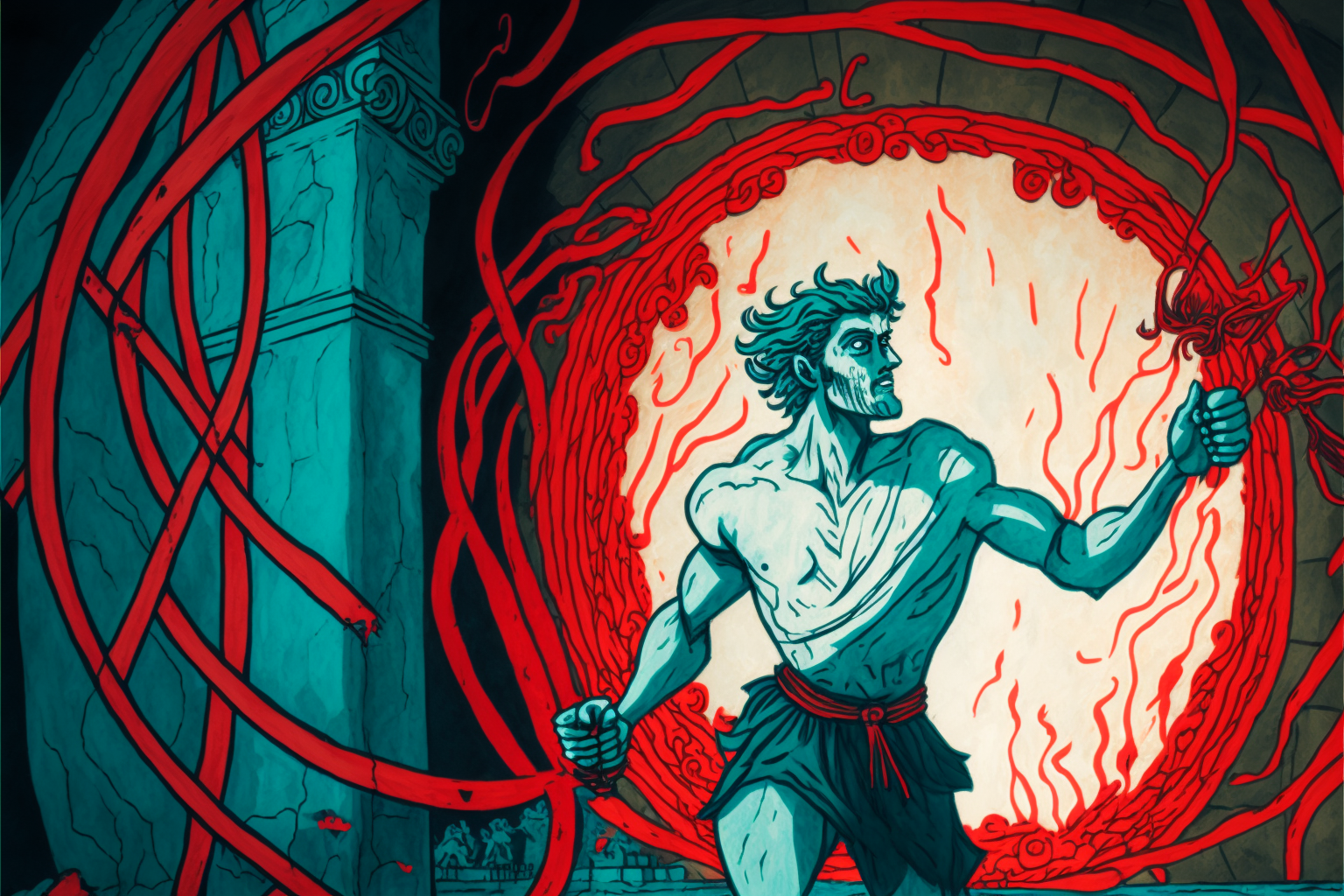

Ariadne gave Theseus a ball of red thread and told him to tie one end to the entrance of the Labyrinth and to unroll it as he went through the maze. This way, he could find his way back out by following the thread. Theseus killed the Minotaur and with the help of the red thread he could retrace his steps and safely come out of the maze.
This story is a metaphor for how in our own lives, our passions and purpose can lead us through the maze of life and guide us back to our true selves. And like Theseus, we must trust our intuition, stay true to ourselves, and be open to new opportunities, as they may lead us to unexpected paths that align with our passions and purpose.
In the story of Ariadne's red thread, the Minotaur represents the obstacles and challenges that we may face in our journey to finding our passions and purpose. The Labyrinth symbolises the complex and confusing path that we may encounter in our quest for self-discovery.
Like Theseus, we may need to face our fears and overcome obstacles in order to live a meaningful and fulfilling life. However, Ariadne's red thread serves as a guide and a reminder that we have the tools and the ability to navigate through the maze of life and find our way back to our truest selves.
-Danu
Planning for a Positive Future: Natural Hazards, Risk, and Climate Change Adaptation - Lara Clarke | S3E2

Lara is a New Zealand-based planner with over 10 years of experience in the field, working across the public and private sectors at the intersection of policy, science, and community engagement.
In New Zealand, there is a lot of natural hazard risk, such as earthquakes and volcanoes, due to its location along tectonic plates. Lara emphasises the need to understand hazards and communicate them effectively to people, taking into account their values and risk tolerance.
Lara believes that planning and placemaking are about how people live, their aspirations, how people aspire to live in the place they live in, and how future generations might experience the world. "It really is around people and how we interact with our world."
We discuss breaking down institutional knowledge barriers and public participation in planning.
Somewhat ironically, we recorded this conversation shortly before intense flooding and a devastating cyclone ripped across NZ, catapulting many of the topics we discussed into the national consciousness.
Key Topics
- Understanding the challenges of managing climate risk and adaptation in New Zealand
- Lara's squiggly career and personal growth through exploring different opportunities within the planning profession
- How being a grokkist helps Lara break down the barriers between different planning agencies and institutions
- The importance of communication, empathy and public engagement in planning
"I don't think I ever really had a Plan A or a Plan B or a Plan C for that matter. Very early on I wanted to be a marine biologist, and I always enjoyed science and I always enjoyed interacting with people. But other than that, I don't think I'd really thought about crafting a career.
I have never left a job because I didn't enjoy it. In fact, I've found leaving some of my more recent roles incredibly difficult because I have been enjoying what I've done so much. But I think I'm always interested in what are the things that stop this working? How do we do a deep dive into this part of the process to figure out what works well and what doesn't? I've tended to follow those opportunities and challenges as they've organically presented themselves to me."
🍬 Snackables
Assorted awesome links, just because.
#1 - We've turned social discourse into a game, and not in a good way

A rich and accessible podcast conversation with philosopher C. Thi Nguyen on games and personal agency. Games have embedded value systems – they tell us what matters by rewarding it, and Nguyen thinks the simplicity of having the game tell us what matters is a large part of what makes them fun and appealing. In meat-space, metrics serve a similar function. They take all the intangible and tacit understanding of what makes something worthwhile, and strip it back to a simple metric that is legible to whoever is in charge. Nguyen thinks that's a game that plays us. (🙏🏼 thanks to Isabel T)
#2 - Stoicism and atomic habits? What's this, some kind of crossover episode?
James 'Atomic Habits' Clear is well known for the approach of making big life changes by starting with an identity you want to have and then start doing small habits that reinforce that identity until eventually you're no longer chasing behaviour change and are instead simply acting in alignment with the type of person you see yourself to be. Here he talks with Ryan Holiday of the Daily Stoic on setting flexible goals and practical ways to shift your internal narrative. As reviewed by one YouTube commenter, "Ryan Holiday and James Clear multiverse is the best crossover in self-development history."
#3 - An ambivalent take on the mainstream revival of stoicism
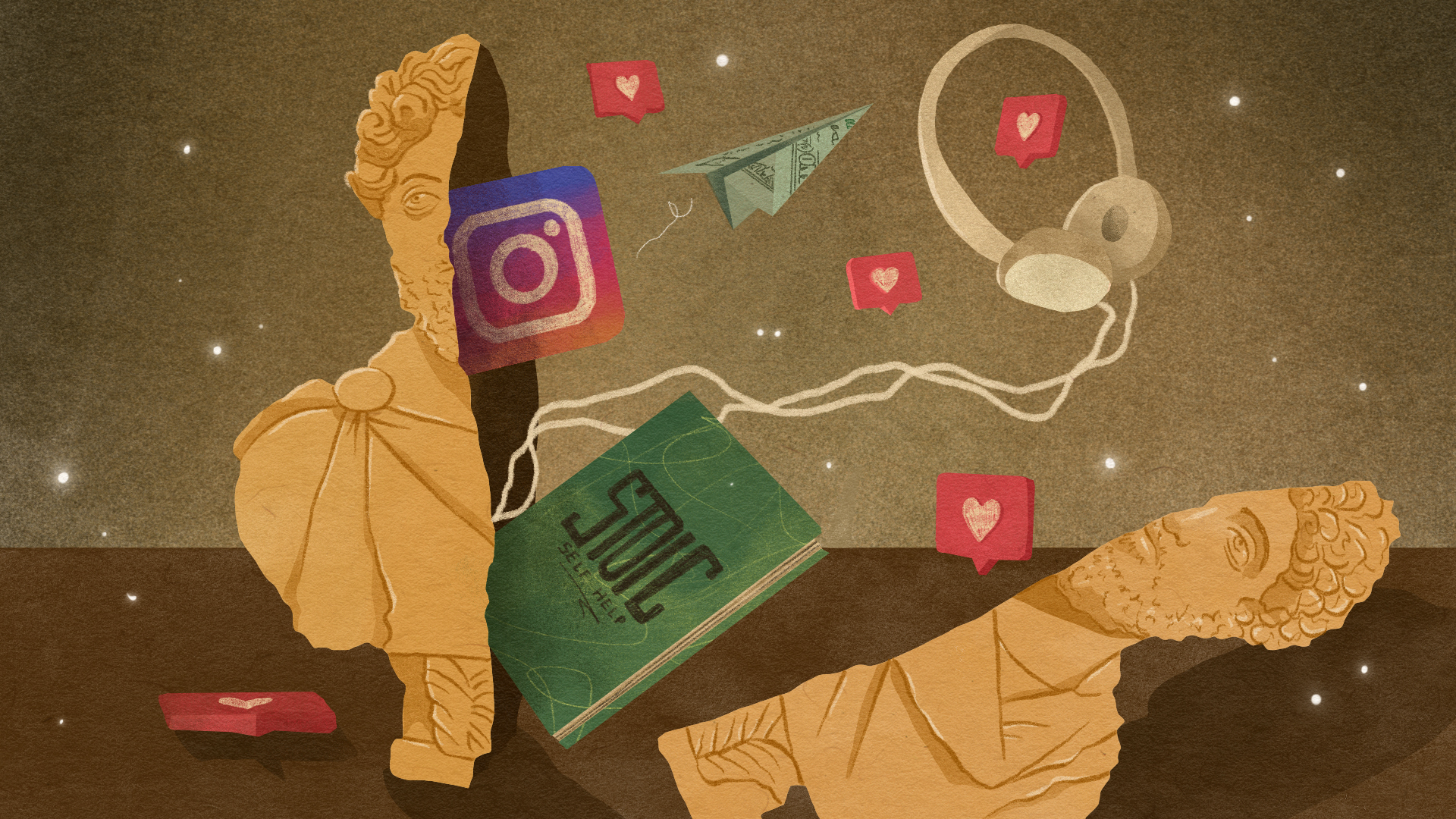
A counterpoint to the previous link. Modern Stoicism, like mindfulness, has exploded in popularity. At face value, the revival of a philosophy based on emotional tranquility, reason, and virtue would seem to be unambiguously a Good Thing. But if we look at the range of some folks flying this flag the most – billionaire tech tycoons, media manipulators, far-right men's rights folks, we might wonder if the philosophy is being misunderstood or misappropriated, or, if not, just how helpful it actually is. That question is the subject of this Vice piece, and the answer is a resounding 'sort of'. (🙏🏼 thanks to Nathan D)
#4 - Beautiful sandstone sculptures

Enough philosophy – here's something pretty. Sydney-based artist/craftsman Tom Butterworth has created a range of bespoke sculptures that are both functional and aesthetic. Each piece is handmade using upcycled Australian sandstone. If the prices are too eye-watering, you can always just enjoy his Insta.

#5 - ChatGPT: who prompts the prompters?

The generative AI conversation and its implications continue to be felt everywhere (with good reason I reckon – it's a Big Deal). Amidst all the hot takes, here is a quiet, informative and open-handed page from OpenAI's website that will be useful for anyone who wants to deepen their understanding of how it actually works, without getting too technical. It also goes into how they are thinking about bias, training and fine-tuning.



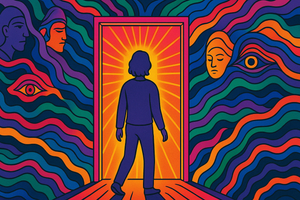

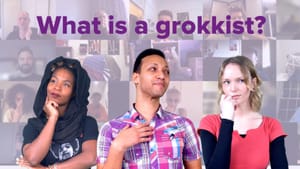


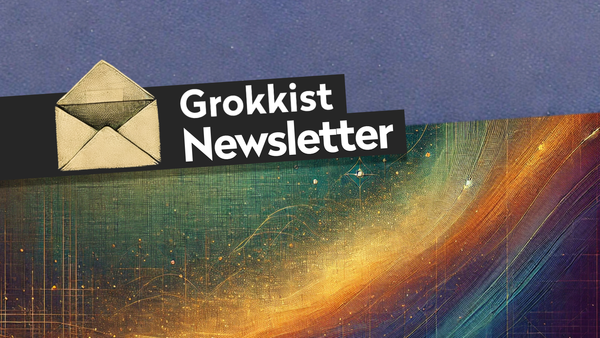
Member discussion